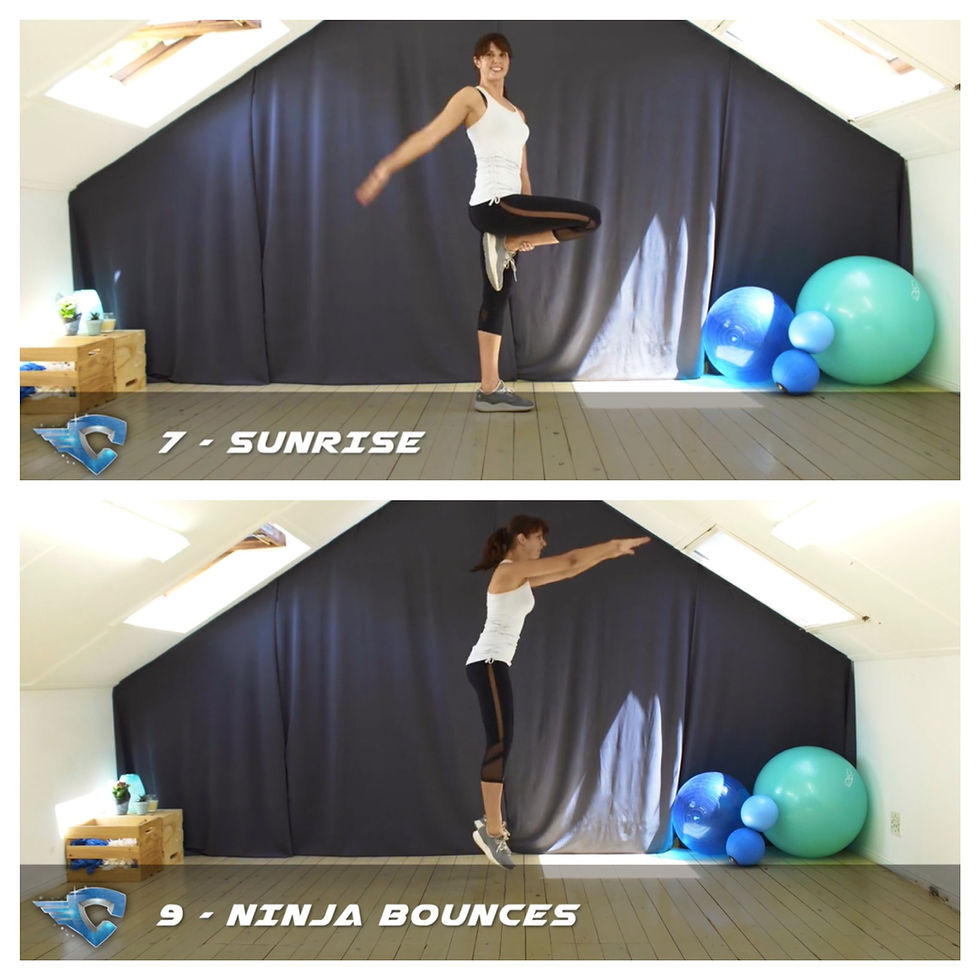How To Really Fix Your Cheer Skills
- Jessica Zoo
- Dec 14, 2020
- 3 min read

You wouldn't drive a car with flat tyres, right?
Or you wouldn't wear a shoe without a sole?
Just try to play the violin with a baseball bat.
Yet the majority of cheerleaders are training skills with bodies that can't perform them. YET.
Here is the key point: YET. Admitting there is a weakness in your body isn't something negative. It's a revelation. It's an "AHA" moment when you realise that the reason you were doing skill X or Y wrong, wasn't even your fault! How frustrated do you get when you repeat a skill over an over and over again and you're just not getting it?
I'm sure it would be just as frustrating as trying to play the violin with a baseball bat.
We've said it many times, and in recent years people everywhere (and mainly outside of cheer) are finally starting to recognise that CHEERLEADING IS A SPORT. Hooray! Yet the way in which a lot of us train, is very un-sport like: sport, is a science. So if sport is a science and cheerleading is a sport, why are so many of us still training cheer like it's a half-time show?
Opening our minds to cheerleading as a sport, means we have to admit that there are a lot of things that we don't know, and that can be a scary place. What we need to realise is that to progress further, we need to be open to our vulnerability if we want to get stronger. We need to acknowledge that our team's stamina needs work. We need to understand that we have poor dorsiflexion, a weak posterior chain, limited rotator cuff mobility and all that jazz. HECK, we even need to know what these things MEAN, let alone how to use them! - and trust me, there are new sorts of fancy new names we get to learn and understand every day when you open the sport performance and conditioning can of worms.
Yet this is a can of worms that makes you look at a stunt and understand why it's not sticking. Or why a tumble is landing short. Or why someone's chest is so low in the jumps.. or why they can't get their legs up in the first place.
Like pieces of the puzzle, cheerleading is made up of lots of different movements that use different parts of the body. If one of these pieces has a broken edge, then we can drill the skill all we want but we will never fix the problem unless we go to the root of it.
Understanding your body, its weaknesses and it strengths can take you on a journey of self-discovery and athletic success. I'm so excited about bringing the #BodyBeforeSkill concept to life with a brand new series of videos to help coaches and athletes understand their bodies better and how this can be applied to cheer, having been inspired and working alongside some top experts in the cheer industry and beyond over the recent years.
WATCH NOW ON CCA: TOP 10 MOBILITY EXERCISES FOR CHEERLEADERS Our first video in the #BodyBeforeSkill series times at understanding how we can train our
joints to be more mobile to perform better and be more resilient.
This year I've been so privileged to spend time training and learning with the professionals at the University of Stellenbosch Biokinetics Centre (a high performance training centre for professional and olympic athletes), who have opened my eyes to an even bigger realm of understanding when it comes to sports science, the body at work and how this can be applied to cheerleading. We even have some incredible partners in this field which we are welcoming to the CCA team soon, we can't wait to soon tell you what we have been planning!






























Comments